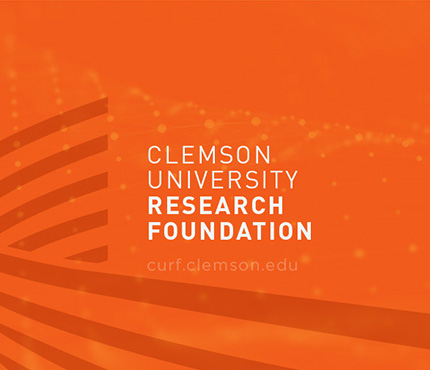Keywords: Biomaterials, Medical Devices, Biotechnology, Disease Treatment
Market Overview
This technology applies to the isolation, purification, and recovery of extracellular vesicles from plant materials, referred to as plant-derived extracellular vesicles. The exosome population of the PDEVs are employed for use as vectors for the delivery of therapeutics. Exosome vectors are a promising means for the treatment of many diseases, many of which are currently in clinical trials. Roots Analysis expects the current exosome therapeutics market to grow at a projected CAGR of more than 30% by 2035. Much of extracellular vesicles (EV) research remains restricted to human biofluid samples and cell culture media. Current exosome isolation methods can be too time-consuming, ineffective, and risk damage to the exosomes. The development of EV vector technologies from alternative, natural sources as therapeutic delivery vectors would provide a low-cost, sustainable approach for therapeutic applications. To date, the methods employed for biofluid isolation are very much challenged regarding yields and purities. To address these issues, Clemson University researchers have developed a novel isolation method to harvest PDEVs for therapeutic delivery applications. This technology has the potential to transform the breadth of sources of exosomes into more sustainable and lower-cost matrices.
Applications:
PDEVs, Isolation, Purification, Capillary-channeled polymer fibers
Technical Summary:
This technology uses poly(ethylene terephthalate) (PET) capillary-channeled polymer (C-CP) fibers and hydrophobic interaction chromatography (HIC) as an isolation platform to isolate PDEVs. This process allows for exosome isolation within minutes. The versatility of the C-CP fibers allows for the addition of antibodies, surface chemistries, and other isolation modalities to transform a generic exosome isolation into a fast and effective type-specific exosome separation method. Exclusive isolation of specific exosomes and reliable miRNA and exosome surface marker protein interpretation may become an essential tool for medical diagnosis and may prove especially useful for early diagnosis of diseases.
Advantages:
- Tip isolation method, increasing higher levels of recovery
- Unique usage of plant-derived extracellular vesicles, increasing purification outcome
- Novel use of botanical systems for delivery, lowering supply costs
Technology Overview
State of Development
TRL 4: Validated in Lab
Patent Type
NA
Category
Serial Number
63/350,203
CURF Reference No.
2022-044
Inventors
Richard Kenneth Marcus, Kaylan Jackson, Carolina Mata
For More Info, Contact:
Interested in this technology?
Contact curf@clemson.edu
Please put technology ID in subject line of email.
Contact
Latest News from CURF
Stay up-to-date with the latest trends in the innovation and research industry. Sign up for our newsletter to see how CURF is making a difference and impacting the economy where we live.









